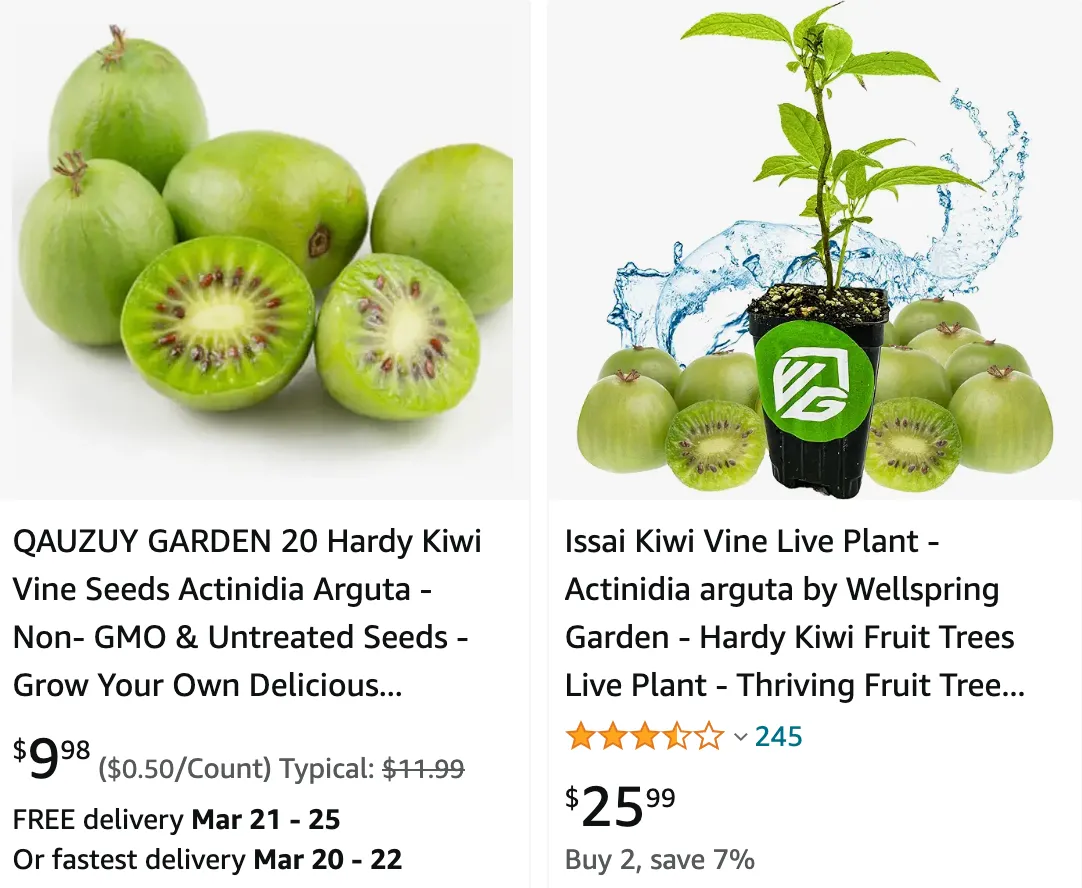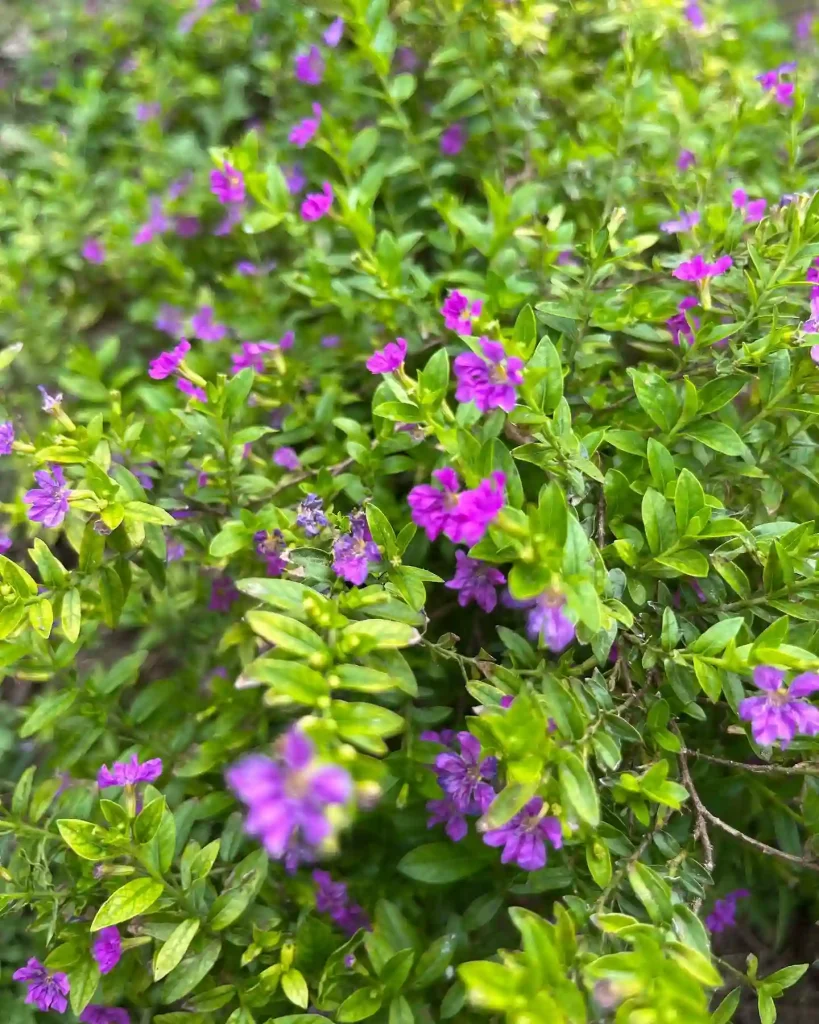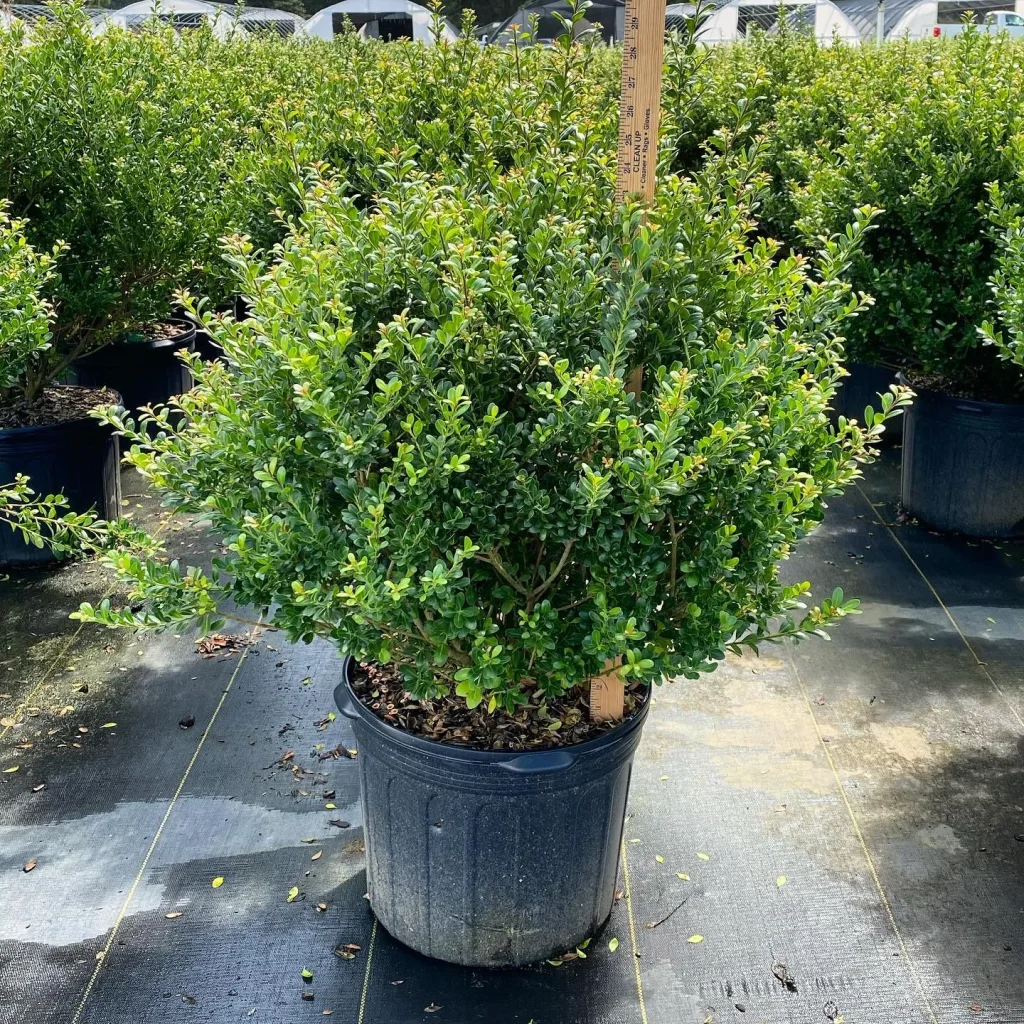
My Adventures with Actinidia Arguta: The Issai Kiwi and My Backyard Bounty
For years, I’d been a devoted fan of kiwi fruit. But the fuzzy exterior, the meticulous peeling process – it always felt like a bit of a chore. Then, I stumbled upon the wonderful world of Actinidia arguta, also known as the Issai kiwi. This cold-hardy cousin of the classic kiwi piqued my interest. Here was a fruit that promised the same delicious taste wrapped in a smooth, hairless skin – a gardener’s dream!
Intrigued, I decided to delve deeper into the world of Issai kiwi. This article chronicles my experience growing and enjoying this delightful fruit, and hopefully, serves as a guide for your own Actinidia arguta adventure.
What is Actinidia Arguta?
Hailing from the wilds of East Asia, Actinidia arguta belong to the Actinidiaceae family, is a vigorous climbing vine. Unlike its fuzzy cousin, the Issai kiwi boasts smooth, green, or even purple-tinged skin that hides a sweet and tangy kiwi flavor. These bite-sized fruits, often called kiwi berries, are delightful straight off the vine, bursting with Vitamin C and a refreshing zing.
Plant Family: 3 Genera in Actinidiaceae
Actinidia Arguta vs Kolomikta
Actinidia Arguta and Kolomikta are both fascinating kiwis, but I’ve had very different experiences with them. Actinidia Arguta, or the hardy kiwi, has been a reliable producer in my garden with its small, smooth fruits that are perfect for snacking right off the vine. On the other hand, Kolomikta has this striking variegated foliage that’s been a real showstopper, but I’ve found its fruit production to be less consistent and the taste a bit tart compared to Arguta.
How to care for Issai Kiwi?
Growing Actinidia arguta is surprisingly easy, even for novice gardeners like myself. Here’s what I learned:
- Location: This sunshine lover thrives in a spot with at least 6-8 hours of direct sunlight daily. Partial shade is tolerated, but expect fewer fruits.
- Soil: Well-drained, slightly acidic soil is ideal. Amending your existing soil with compost or aged manure can create the perfect environment for your Issai kiwi to flourish.
- Support System: Remember, this is a climbing vine! Provide a sturdy trellis or fence for it to sprawl on. As the vine matures, it can reach up to 20 feet in length, so plan accordingly.
- Watering: Consistent moisture is key, especially during the first year of growth. Aim for deep watering every few days, allowing the soil to dry slightly between waterings.
- Feeding: A balanced fertilizer applied during the growing season can give your Issai kiwi an extra boost.
A Word on Pollination
One important thing to note: Actinidia arguta is dioecious, meaning you’ll need both a male and female plant for fruit production. Most nurseries sell Issai kiwi varieties that are self-fertile, eliminating the need for separate plants. However, some cultivars still require a pollinator. Double-check with your nursery to ensure you’re getting the right variety for your needs.
How to Eat Actinidia Arguta Issai?
The best part about Issai kiwi? You can devour them straight off the vine! The thin, smooth skin is perfectly edible, eliminating the peeling hassle. Simply wash them gently and pop them whole into your mouth. Their sweet and tangy flavor is delightful on its own, but they can also be incorporated into smoothies, salads, or even baked goods.
Where Can I Buy Actinidia Arguta?
Many online nurseries and garden centers offer Issai kiwi plants. Look for reputable sellers who specialize in fruit-bearing vines. When choosing a plant, select a healthy specimen with vibrant green foliage and sturdy stems.
Additional Tips for Success
- Winter Protection: While Issai kiwi is known for its hardiness, young plants might benefit from winter protection in colder climates. A layer of mulch around the base of the vine can help insulate the roots.
- Pruning: Regular pruning throughout the growing season encourages bushier growth and promotes fruit production. Prune away dead or diseased branches and thin out congested areas to allow for better airflow.
With a little care and attention, your Actinidia arguta vine will reward you with years of delicious and nutritious fruit. So grab your gardening gloves, plant yourself an Issai kiwi, and get ready to enjoy a taste of sunshine in every bite!
If i die, water my plants!



